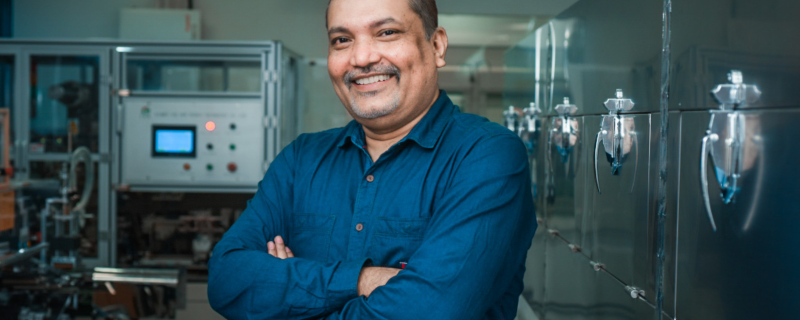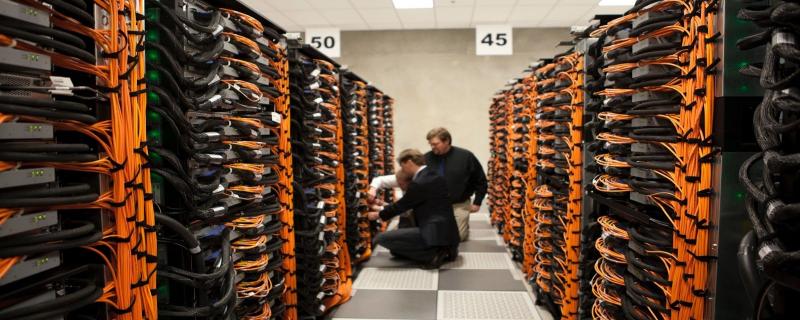Researchers from IIT Bombay, IIT Madras and IIIT Hyderabad have come together to create the speech-to-speech machine translation (SSMT) system from English to many Indian languages.
Image: Dolomedes indicus, Adult Female (left) and adult male (right). Credit: Authors https://doi.org/10.1038/s41598-025-26308-2
Wayanad/









![[Image credits: The printed flexible sheet of piezoelectric material, Virginia Tech] IIT Bombay researchers propose a novel piezoelectric material](/sites/researchmatters/files/styles/large_front_800x320/public/piezoelectric_material_1.jpg?itok=EZiSQ7Gs)
